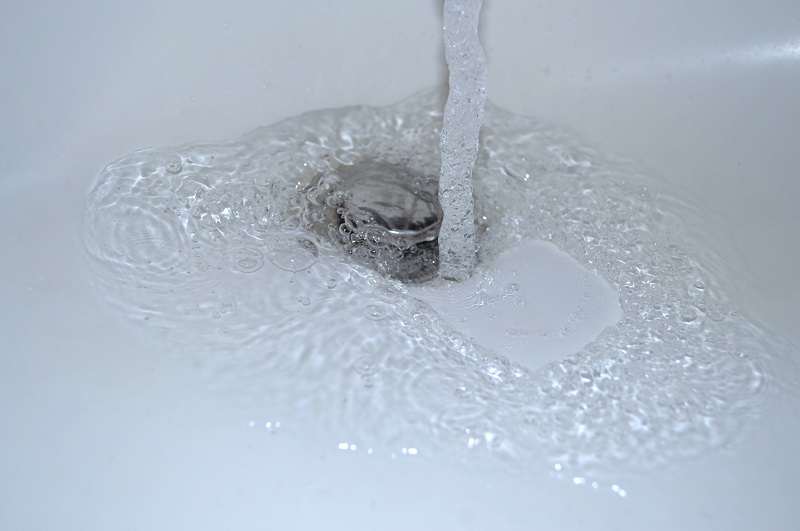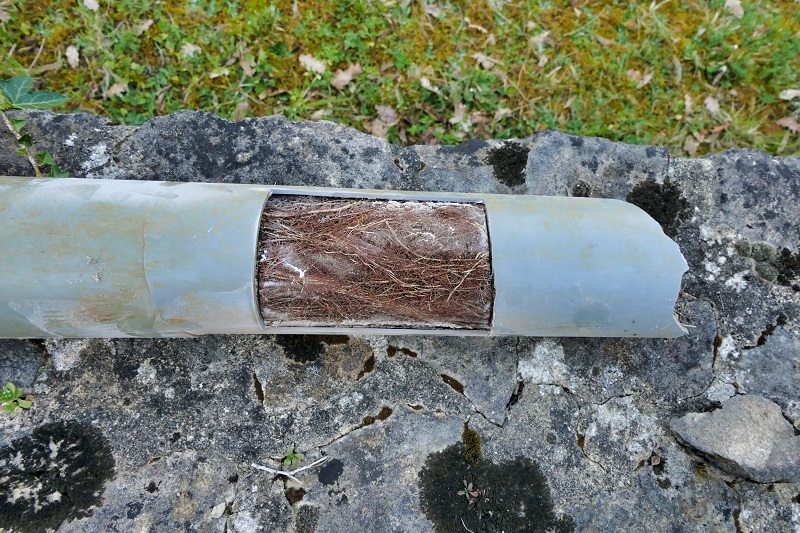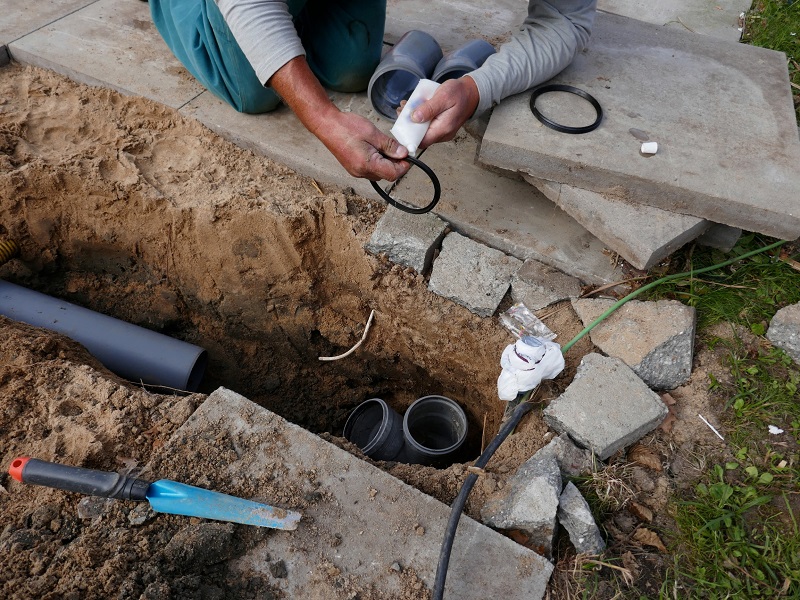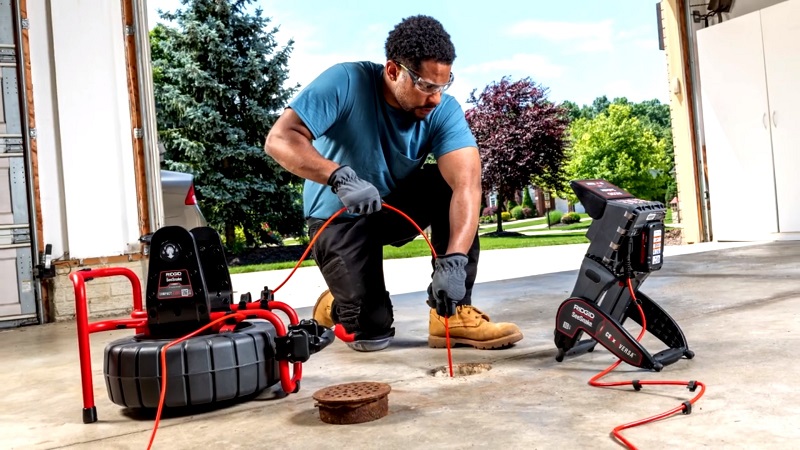Tree root intrusion occurs when tree roots penetrate sewer lines and plumbing systems in search of moisture, leading to a myriad of issues within the home’s infrastructure.
This invasion can block and damage pipes, causing water backups and costly repairs. Learn the telltale signs of tree roots in your plumbing to safeguard your home.
3 Warning Signs that Tree Roots May Be in Your Home’s Plumbing
Also see:
Frequent Clogs and Backups
Tree roots can grow into pipes seeking water, which can cause obstructions within the plumbing system over time. These obstructions by tree roots can lead to frequent clogs as the flow of water becomes impeded. The tree roots may continue to grow and multiply, thus causing further restrictions and forming a net that traps household waste, leading to backups.

Checking and maintaining your plumbing system is one of the essential steps for preserving your cabin. Frequent clogs and backups due to tree root intrusion can lead to significant damage to your plumbing system, requiring costly repairs or replacements. Additionally, these situations can create unsanitary conditions in your home, posing health risks.

Gurgling Sounds
As intrusive tree roots grow and expand within the pipes, they begin to obstruct the normal flow of water. This obstruction can cause water to change its course or flow with difficulty, resulting in unusual sounds from the pipes, such as gurgling.
The gurgling sound indicates the disrupted water flow is trapping and releasing air.
If you hear gurgling sounds in your plumbing, call a licensed plumber. They can assess if the problem stems from a tree root intrusion and recommend a service that restores your system’s functionality and protects your plumbing.

An Unexpectedly Vibrant Tree
Root intrusion is a common cause of damage to residential sewer lines, but other factors, such as pipe material age and wear, can also cause damage. That’s why one of the best ways to assess if there are tree roots in your plumbing is to inspect your landscaping.

If one tree in your garden looks unexpectedly lush and vigorous compared to its neighbors, it may be siphoning off water from a cracked pipe.
Look for these notable characteristics of a tree taking water from your pipes.
- The tree is showing unexpected and rapid growth.
- The leaves of the tree appear more vibrant and green compared to other plants in the vicinity.
- There is a constant presence of dampness or moisture around the base of the tree, even when there has been no recent rainfall or manual watering.
- The tree remains healthy and vibrant even during periods of drought or when other plants start wilting due to lack of water.

Next Steps to Take
Frequent clogs and backups, gurgling sounds from your pipes, and an unusually lush tree in your yard can all be signs of root intrusion.

Image courtesy of RIDGID
If you suspect tree root intrusion, seek professional help immediately to prevent further damage to your plumbing system and property. The first step of assessing your plumbing situation will be to conduct a sewer line video inspection, which will provide instantaneous insight into the condition of your pipes. This non-invasive process of using a waterproof camera attached to a flexible rod is quick, affordable and effective.
Proactive inspections followed by timely repairs can save you money and keep your cabin sanitary and comfortable.
Additional Recommended Plumbing Reading
- Repiping Your House: Early Signs It Might Be Time To Repipe
- Tankless Water Heaters: On-Demand Energy Efficiency for the Home
- Part 1: Non-Invasive Plumbing Tech for Repairing Your Home’s Sewer Line
- Part 2: Non-Invasive Plumbing Tech: Bids, Proposals & Lessons Learned
- Part 3 Non-Invasive Plumbing Tech: How We Repaired Our Home Sewer Line
- 20 Best “How-To” YouTube Videos for Home Maintenance
- A Simple Guide to Choosing a Water Softener System
- How to Choose a Water Leak Detection System for Your Home
- Related Topics: Plumbing | Trees | Home Maintenance | Landscaping
| Purgula is reader-supported. When you click on links to other sites from our website, we may earn affiliate commissions, at no cost to you. If you find our content to be helpful, this is an easy way for you to support our mission. Thanks! Learn more. |







